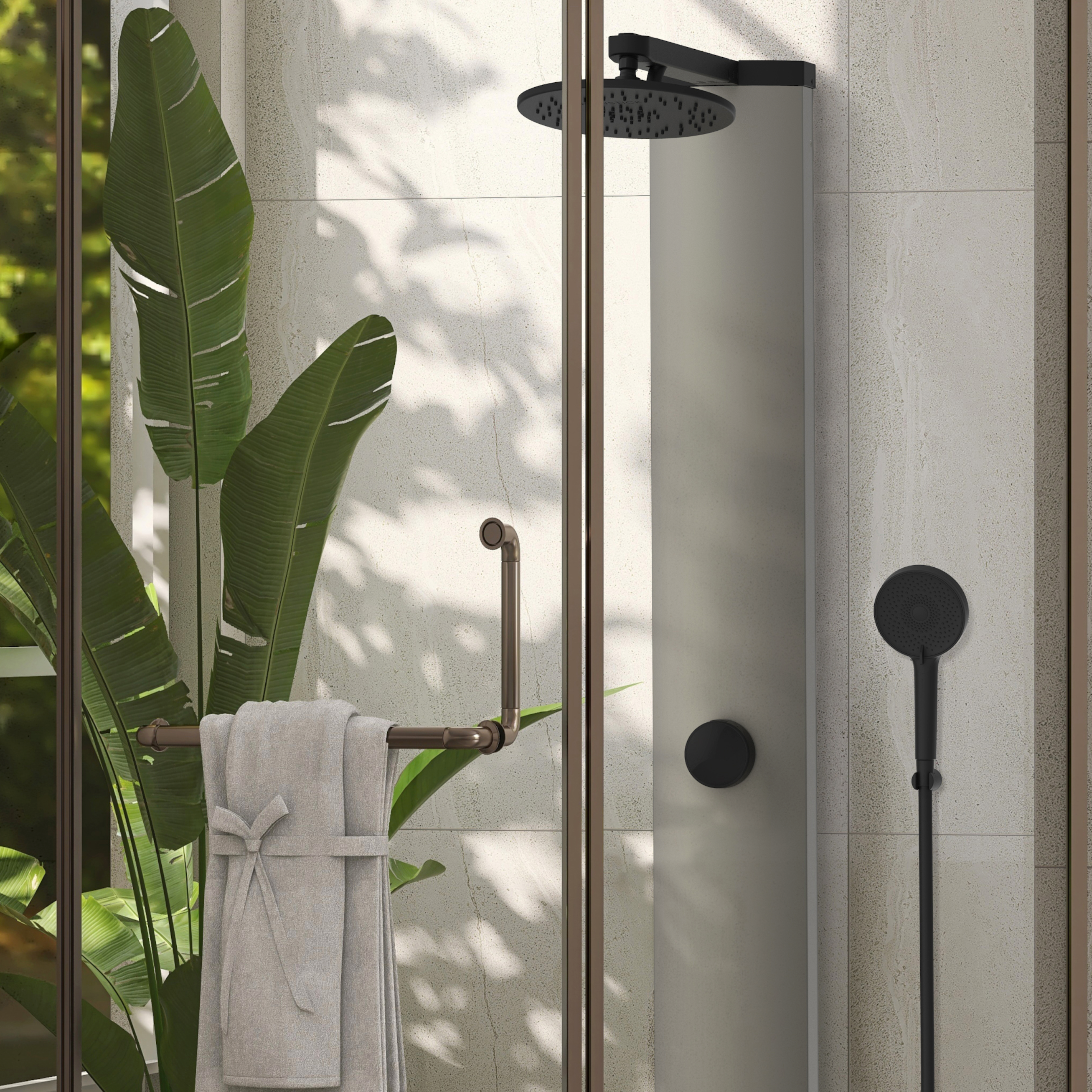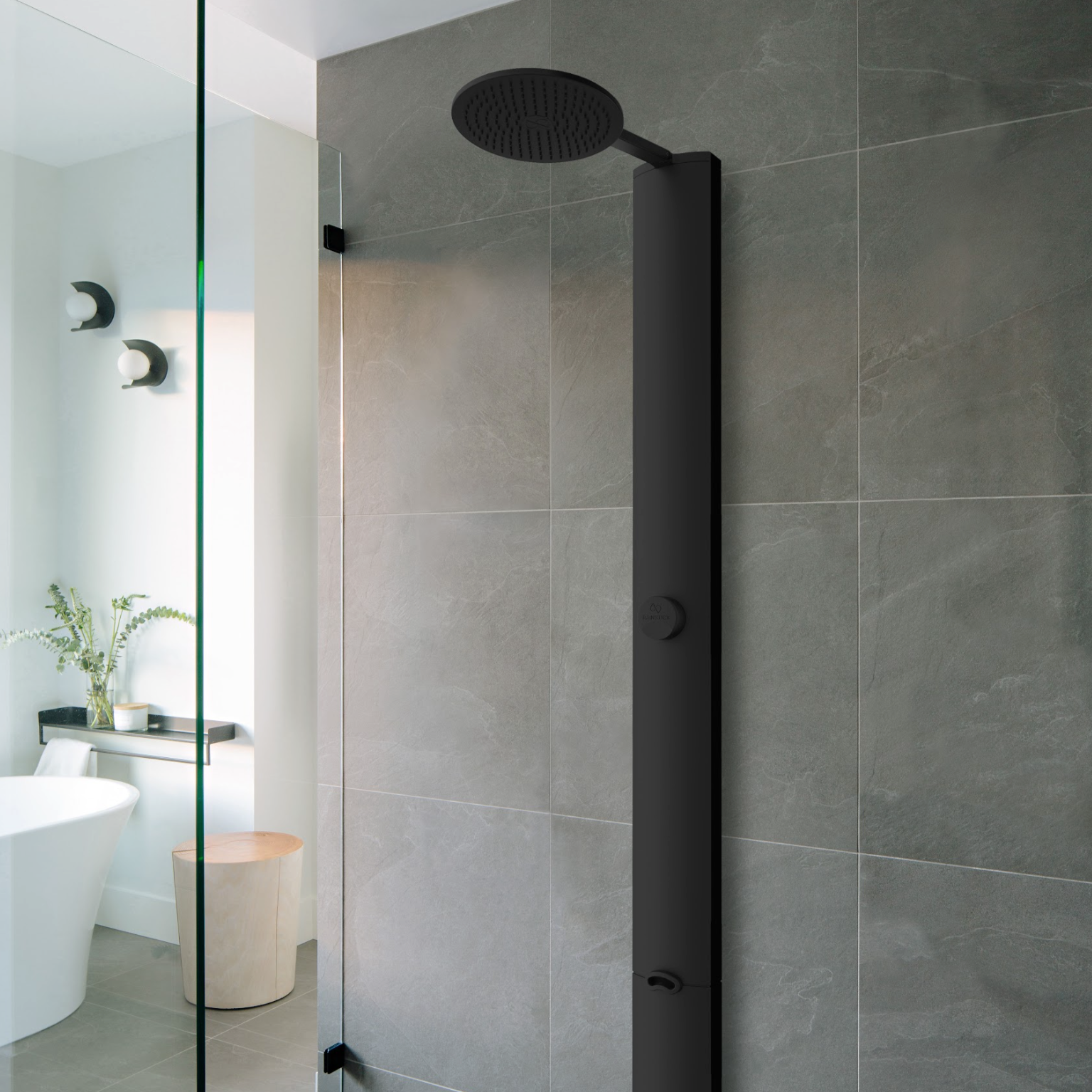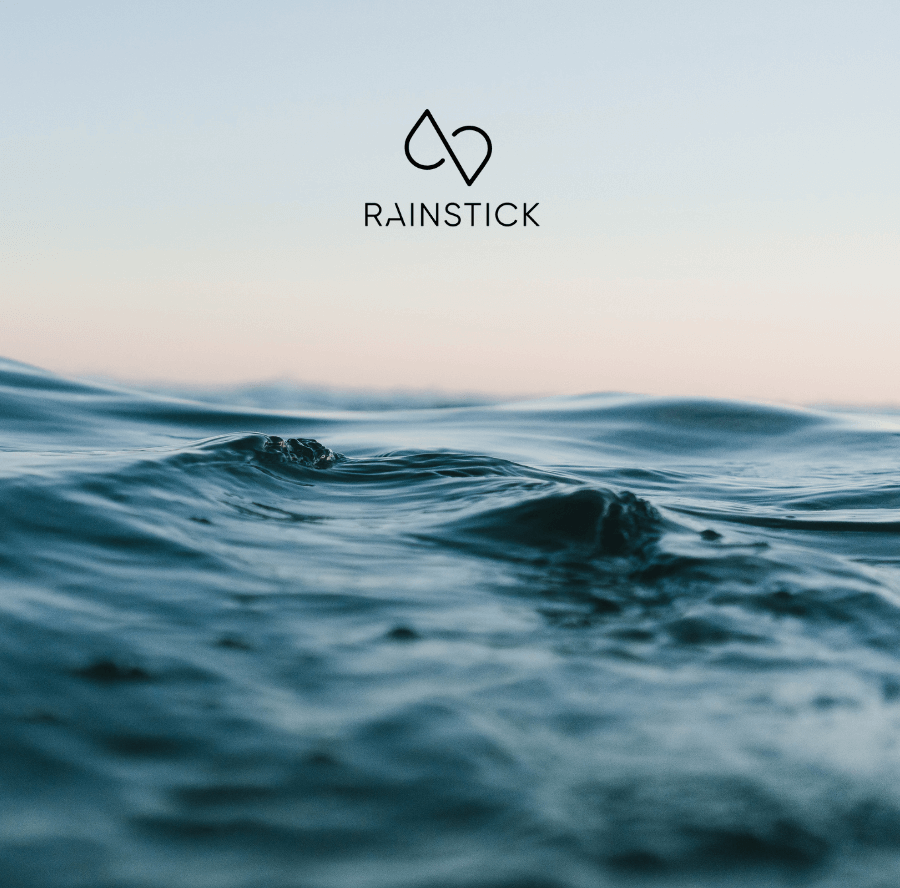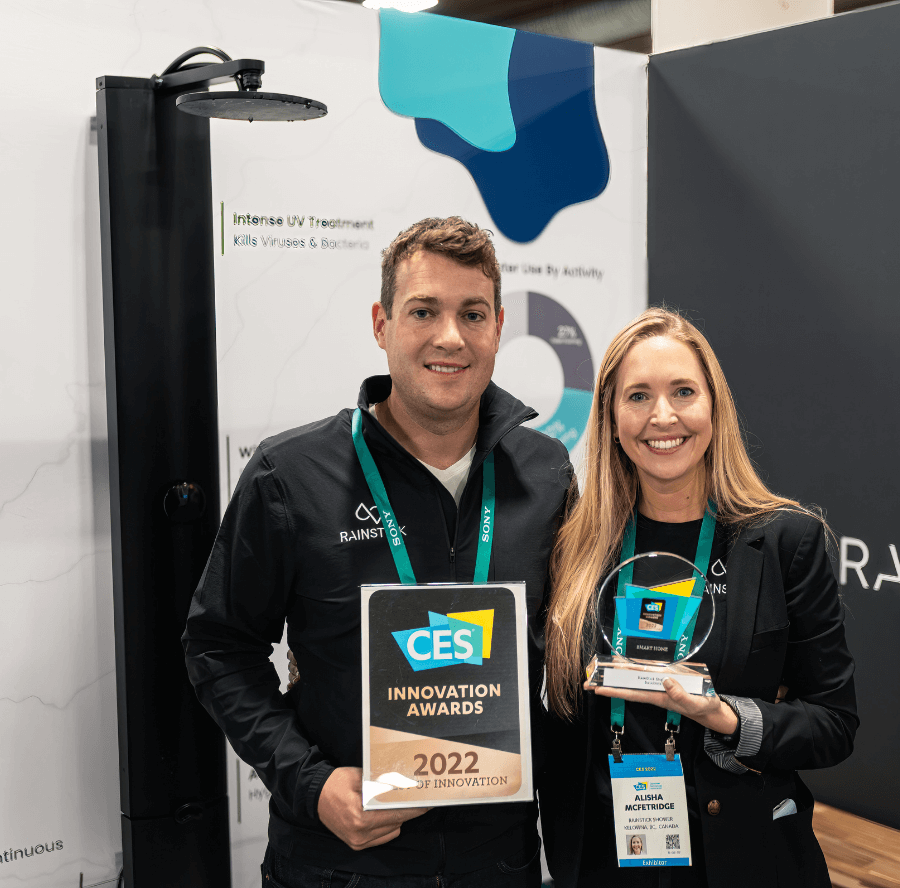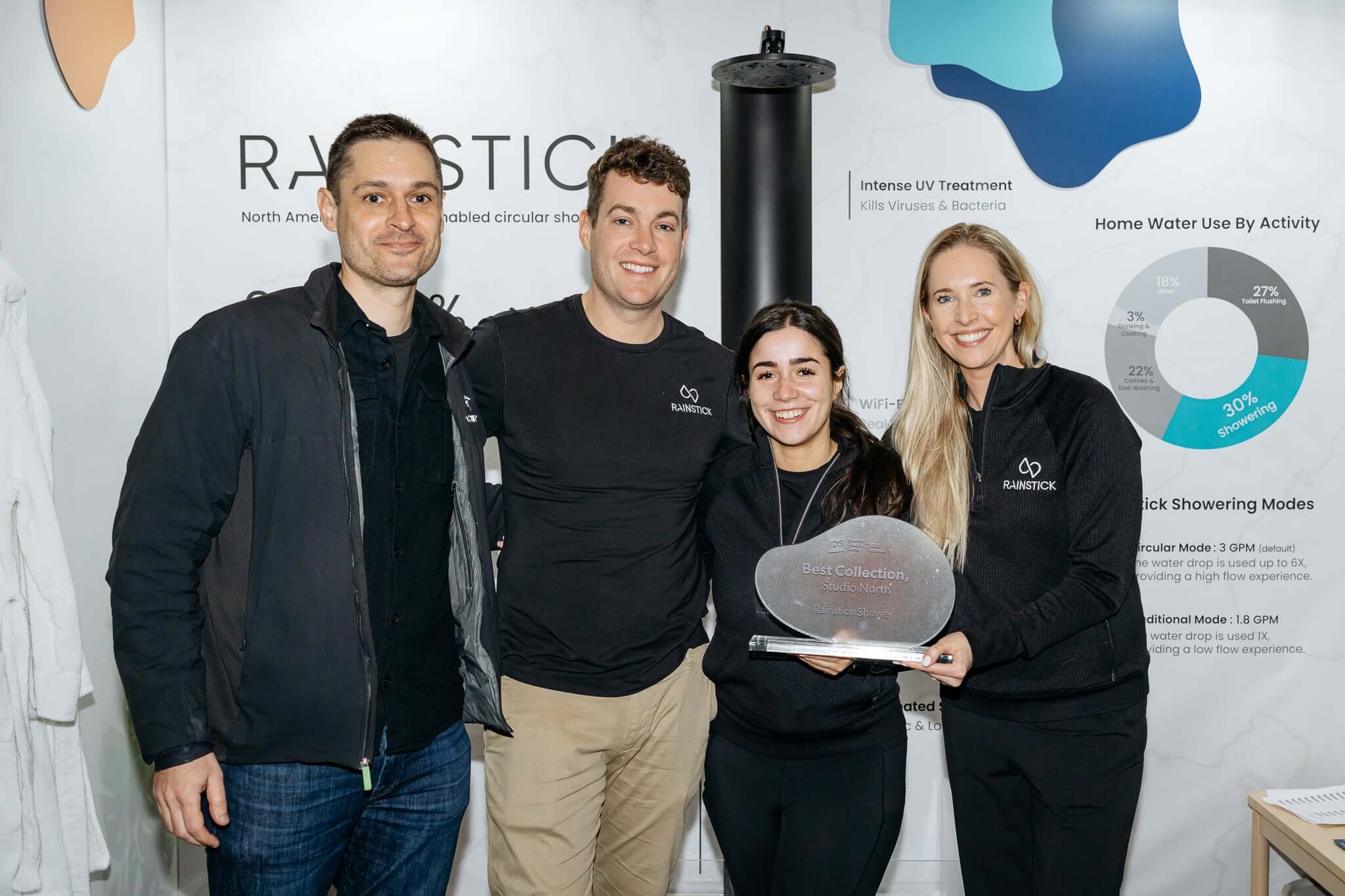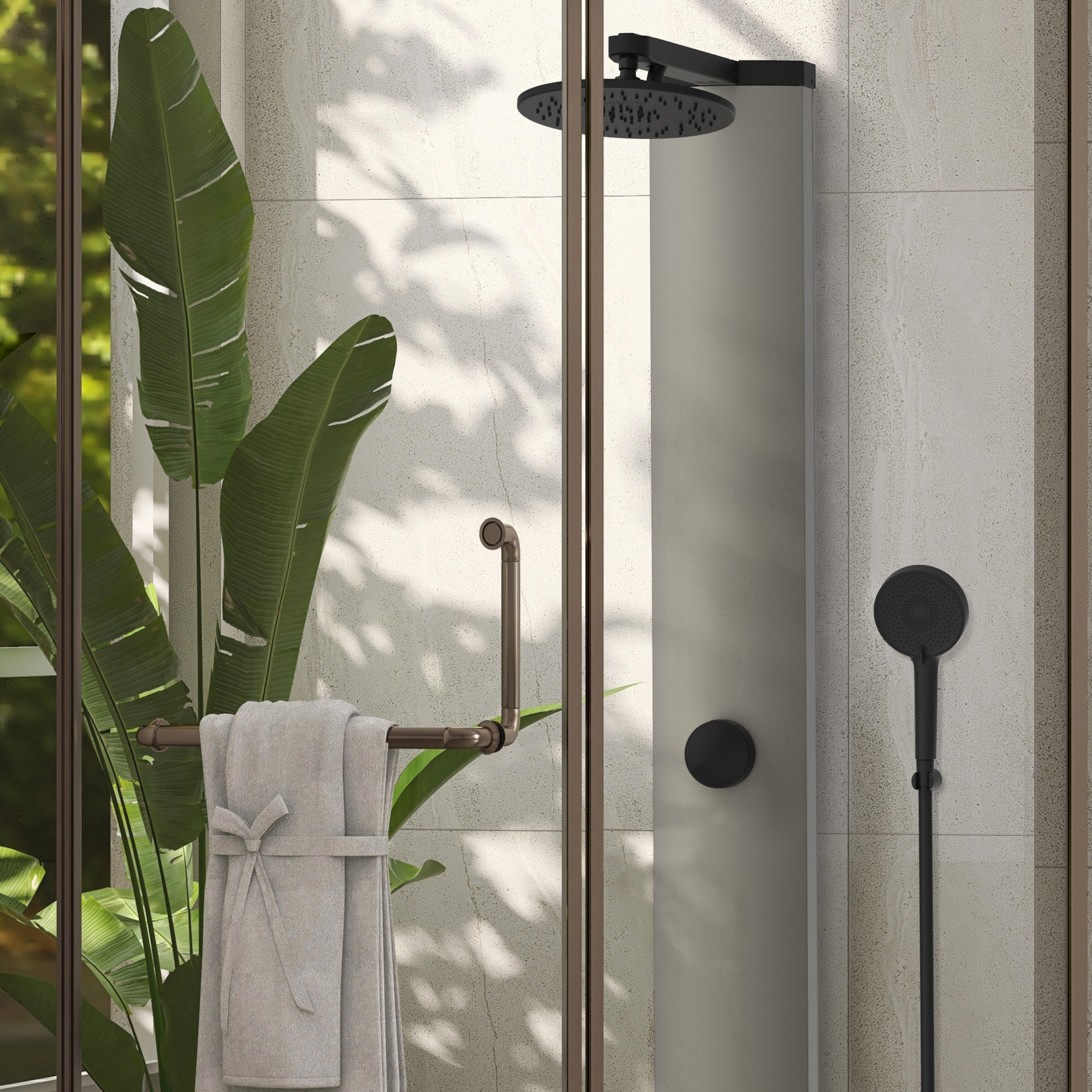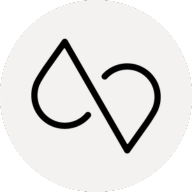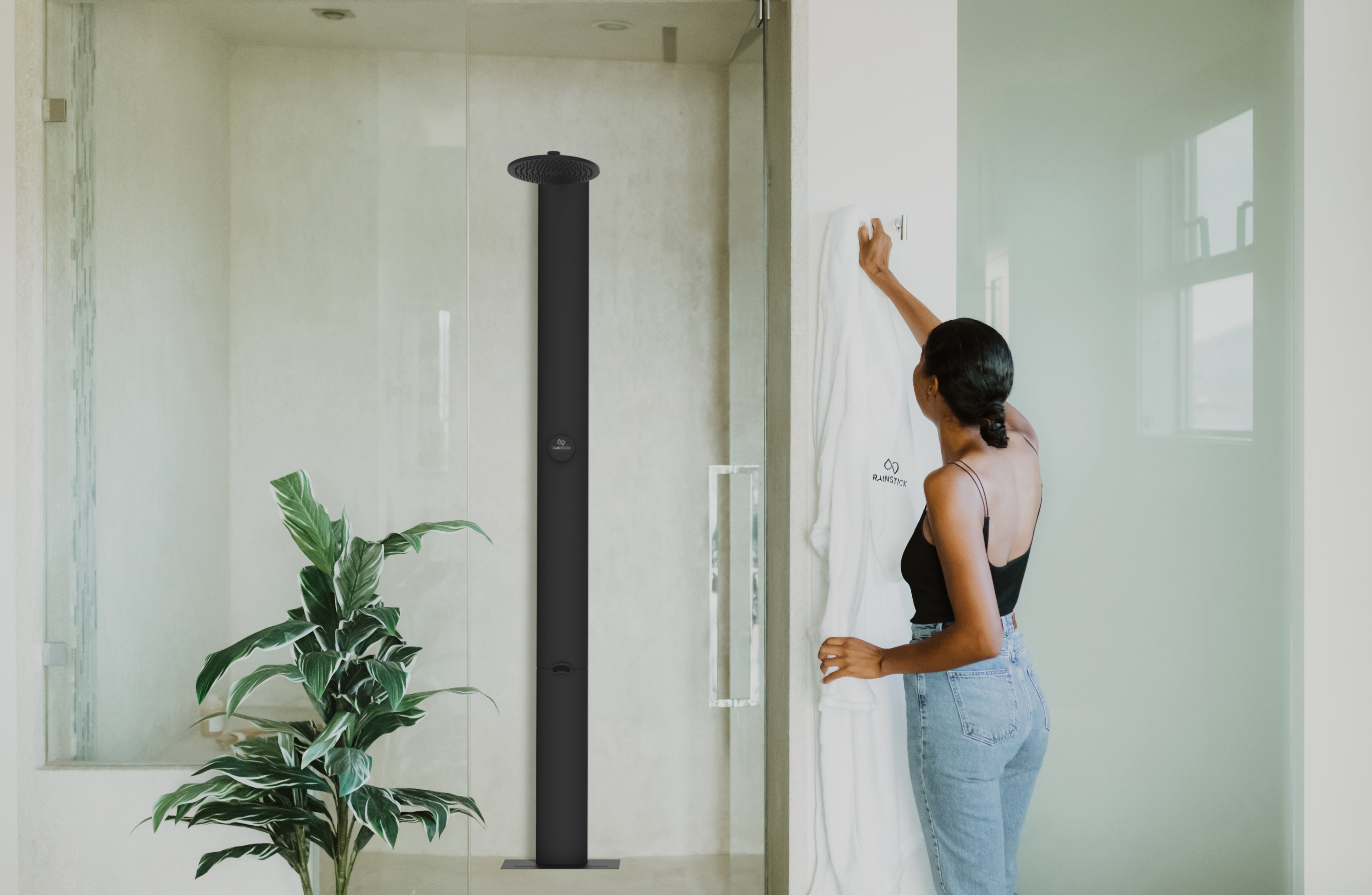How does water affect your day-to-day life? Water is one of the most important resources on our planet. Imagine if you woke up one day with absolutely no access to water. Life cannot exist without water. This World Water Day we’ve had the privilege of interviewing Shannon Switzer Swanson, a marine social ecologist, water woman, photojournalist and National Geographic Explorer. Shannon is also a Ph.D. candidate at Stanford University, a first-time mom and made her documentary debut on National Geographic’s The Last Drop alongside actor and philanthropist Adrien Grenier. Read on to learn more about World Water Day and hear Shannon’s perspective on all things water.
A Brief History of World Water Day

World Water Day started in 1993 by the United Nations and is observed annually on March 22, with a goal of inspiring action to bring clean water for all by 2030. It is a day to celebrate water and bring awareness to worldwide issues surrounding water. World Water Day sheds light on the reality that not everyone on the planet has clean drinking water and hopes to inspire people to take action, be aware of their water use consumption, and move towards more sustainable development.
Interview with Shannon Switzer Swanson
How Did You Get Involved Specifically in the Water Space?
“About 10 years ago, I started thinking about water quality when my friends started getting sick from surfing in polluted water off the coast of San Diego and Orange County. I was really interested in why that was happening, as some of my friends had mild side effects such as ear infections, while others got some really serious infections, such as a staph infection, to the point that, two of my friends almost died from them. I wanted to understand better why that was happening and I got a storytelling grant from National Geographic to document the health of the watershed in Eagle County and understand what it means for running into the freshwater from the headwaters down to the river mouth along the rivers in San Diego, and see then how that kind of accumulated and flowed out to the coast coastline impacted human health. From there I continued working more with marine projects and then circled back by thinking deeply about freshwater and droughts. In the Fall of 2019 through the year of 2020, I was making the Last Drop documentary on water in the West that was run on the Nat Geo Channel.”
What Sparked Your Interest in Water Conservation & Droughts?
“I grew up in Southern California, and even as a kid, I distinctly remember making little drawings in the fourth grade about ways to save water for an art contest that was put on by the state of California. It’s always something you’re thinking about. We used to go by the rule, if it’s yellow, let it mellow as a way of conserving water. I remember being a kid and it was always something you're thinking about and we would go by the rule, If it's yellow, let it mellow, to conserve water. I always grew up with the sort of drought-minded awareness because it was hammered into us growing up. I was really excited to do the Last Drop documentary because it brought me back to thinking about those art contests as a kid and just thinking about new innovative ways to save water other than not flushing the toilet. It was a really fun project to connect with lots of experts around the Southwest who are thinking about this in creative ways.”
Why Do You Think Days like World Water Day Are So important?
“It's easy to just get in our routines and forget that water doesn't just come out of a faucet magically and that it has to be collected and allocated and that it is limited. Having a day like World Water Day that both celebrates all that water provides for us while making us aware that it is limited, ensures we make it a priority that there's always going to be enough for everyone, no matter where you are in the world.”
How Do You Think Addressing Water will Help Reduce Our Climate Crisis?
"Thinking about climate change, it's all about how all of the interconnected systems will be affected by these rising temperatures."
“That absolutely is going to involve water, access to water, water quality and so many things related to water. I don’t know why water has not been more of a focus with climate. I think if you use a mindset that it’s about a whole system and how those systems work together, then it is obviously an important part of addressing climate change, as well as thinking about the impacts it might have, how we can be ready for those changes and manage them better.”
What Was Your First Experience with Water Scarcity?
“I have been privileged enough to live in a place where even if it is drought season or we’re low on water, I would still be able to use as much water as I need. When I have lived in other parts of the world, I've seen water scarcity as well as water collection issues. When I lived with fishing families in Indonesia, there are certain times of the year when they have water and other times when it was harder to access. They have a challenging time collecting it and bringing it home since they don’t have it directly pumped to their homes. In one case the father of the family I stayed with, had to go 5 hours a night over to a different island where they have a well and had to wait in line for everyone to collect their water. He also works hard during the day to provide for his family and shouldn’t have to worry about waking up to collect water every night. Then when I lived in Uganda, these folks in rural parts of the country had to work so hard to get their water. When it’s drought season or climate change continues to restrict water, it’s the people who already have a lack of access that are going to be hit the hardest as water becomes more scarce. It’s going to become an even larger human rights issue. Even if we’re not experiencing scarcity right now where we live, we should be aware of and know that it's affecting people regardless.”
Do You Think We Take Water for Granted?
“Yes, we do think we get so used to this easy access. I mean turning on a tap is so magical and it’s only been within the last few hundred years that we’ve been able to do this. Having water appear at a turn of a tap makes it seem like it magically appears and therefore it’s always going to be there. I think that people just get used to when things are easy to get, that we just think they're always going to be there. I say this because when I was with the fishing families in Indonesia, they did not take water for granted. They treated it as a precious resource because it was again, hard to get. I’m not saying the solution is making water hard to get for all and then people would care about it, but I think acknowledging and understanding that even though we get it easily, it can and is disappearing and becoming more scarce as we said earlier.”
How Do You Think This Awareness Will Happen?

“Through days and initiatives like World Water Day as well as allowing yourself to be exposed to different realities. A lot of people haven’t left their own states, let alone their own countries. Even going backpacking somewhere different than you’ve experienced or sailing. I personally lived on a sailboat for six months and sailed from San Diego in California down to Costa Rica. I had to be careful and aware of water consumption because it’s harder to get water and we were limited to what we could use. That in itself was helpful for remembering that it’s a precious resource. Allowing yourself to experience situations where you have to be conscious of the amount of water you’re consuming, whether that be backpacking, sailing or something else may be a good opportunity to gain that awareness.”
Do More Conversations Between Innovators & Researchers in the Water Space Need to Happen?
“I am always trying to understand the different interconnections between the idea of an interconnected system of all of our natural resources. Staying curious and wanting to always sort of question my assumptions about things and updating my understanding is helpful to keep a seat at this table when it comes to water resources. RainStick, for example, your team is doing really cool applied work that's really important and I've never done anything like that. I'm more of a thinker and researcher, so I love it. Both aspects are important in their own way, but definitely very different and I think it leaves open intellectual space to be able to think about all these different connections. It's a bit of an ebb and flow dynamic as well, when you are doing the physical work of innovation there needs to be thought into scientific backing. I think that it's a coexistence of sorts to be able to do the research that is required to envision the next steps and transform our use with water and our preservation of it. That's why conversations like this that we have are extremely crucial because it is both sides of this coin.”
What Are You Planning to Do this World Water Day?
“I am finishing my dissertation and going to do what I do most days which is thinking about water. I’m actually working on all my data with the fishing families that I mentioned earlier, so they will be on my mind and the data I am analyzing can hopefully help with just broadly thinking about how we can take care of our research.”
What Were Your First Thoughts When You First Heard About RainStick?
“I was excited about a technology that seemed like it had been thought through really well and the goal was to find a productive solution to allow us to enjoy the amenities we’ve all come to love in a way that actually allows us to give other people the ability to access these amenities as well. RainStick is helping to ensure that there is enough water around for everyone.”
Resources
To learn more about Shannon Switzer Swanson’s work check out the links below.


